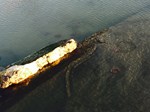
SS McKittrick was built in 1921 in Wilmington, North Carolina for the United States government, originally intended as an "Emergency Fleet" concrete hulled merchant ship named the Old North State for World War I. Due to war's end, half of the fleet was... view photos
|
|
|
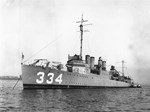
USS Corry is a shadow of her former self. No guns or armament remain as the ship was demilitarized and partially scrapped in 1930. Only the basic hull and all decks lower than the boat deck remain. Corrosion and deterioration from nearly a century of... view photos
|
|
|
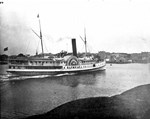
Olympian was constructed in 1883 at Harlan and Hollingsworth shipyards in Wilmington, Delaware for the Oregon Railway and Navigation Company. Her near sister ship, the Alaskan, was constructed at the Delaware Iron Ship Building and Engine Works in... view photos
|
|
|
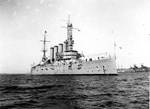
Over the years, USS San Diego has obtained considerable damage. As she sank, San Diego capsized and rolled completely upside down. Everything from her boat deck up is now either crushed or buried in massive amounts of silt. The ship lies "turtle" or... view photos
|
|
|

Lusitania is in terrible shape. She hit the bottom of the sea floor very hard, causing a break amidships. Further trouble has been caused by strong currents in the area, depth charging by the Royal Navy in World War II (mistaking Lusitania for a German... view photos
|
|
|

Britannic was an Olympic-class ocean liner built in 1914 for the White Star Line at the Harland and Wolff Shipyards in Belfast, Northern Ireland originally called Gigantic. She was the sister ship to the Olympic and ill-fated Titanic. Due to being the... view photos
|
|
|
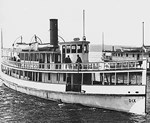
The Dix lies on her starboard side, amazingly well intact despite being made of wood, albeit covered in local marine life. The wheel house and superstructure, often absent on wrecks of her type are still in place and highly recognizable, as is the... view photos
|
|
|
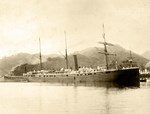
Due to strong currents and the 200 foot plus depth of the wreck site, the City of Rio de Janeiro is likely a difficult dive which requires technical diving; specifically since it is at a depth greater than 130 feet. A 3D representation of the wreck... view photos
|
|
|
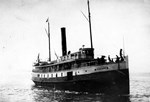
As there is no current documentation regarding the current state of Clallam, only educated guesses can be made regarding the shape of the vessel by comparison to like shipwrecks. Clallam may have mostly rotted as the majority of her structure and hull was... view photos
|
|
|

Diving Pacific would be impossible. It lies at over 900 feet below sea level, far too deep for even technical scuba diving. The wreck would need to be explored with an ROV or a manned submersible. While the position of the wreck has been confirmed by the... view photos
|